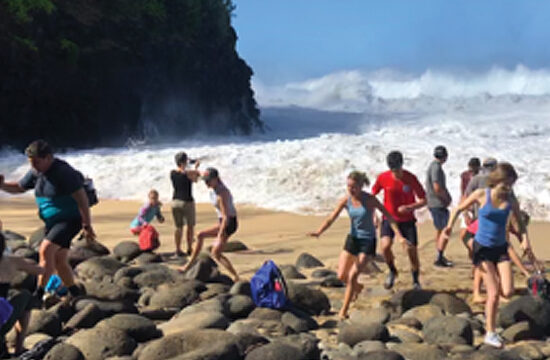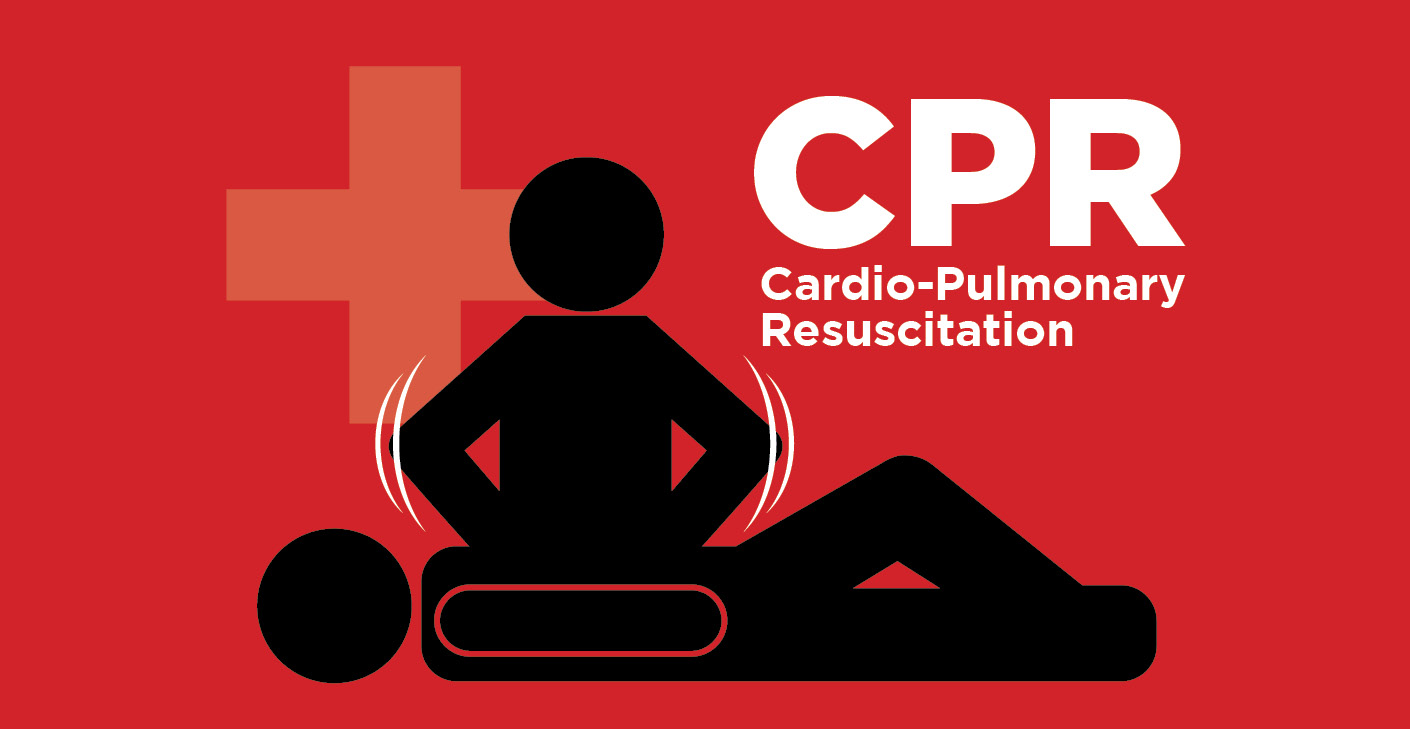Holidays are quite a mix of “It’s the most wonderful time of the year” with “I’ll have a Blue Christmas without you.” And for ocean safety advocates it’s a very anxious time of year. The winter swells are in, the vacationers are plentiful. This is a set-up for what I’ll call a high danger rating.
Since this is a Family Magazine we’re going to do a bit of math. We have something called the danger rating equation that says Risk of danger = Degree of hazard x Number of people.
Breaking down this equation: There must be some beach in the Southern Ocean, such as on Elephant Island just off Antarctica itself, where the hazard is consistently 10 on a scale of 1-10. I.e. Roaring wind and large surf and crazy currents most of the time. However, the number of beachgoers (brrrrr) is zero and my math teacher told me that 10 x 0 = 0. I.e. the danger rating for that Elephant Island beach is zero.
When you don’t have those 2 words “Lifeguard coverage” involved in the equation, all bets are off.
Our Kauai beaches’ danger ratings can obviously vary on a day to day and place to place basis, and there can be nice North Shore days in the winter when (for example) Lumahai rivermouth beach might have a hazard rating of 1-2. Moving to the 2nd half of our equation: Now that the road is open but with Ke’e parking quite restricted, there are way too many people frequenting this historically very-dangerous beach and we can maybe say that the 2nd number in our equation is 5. So 2×5 = 10. But there will be plenty of days when the hazard rating will be 5 or higher. Then our number becomes 5×5 = 25. Or 8×5 = 40.

The South Shore equation breaks down a bit differently. For the most part the Holiday season water conditions should be reasonably safe and there should be plenty of days where the degree of hazard might be as low as one or two. But, the beaches will be packed. So our equation might be 2 x 8 = 16, and 16 is a pretty high number. Fortunately the most packed South Shore beach is the Poipu Beach Park area (extending to the beach fronting the Waiohai), and we have good Lifeguard coverage there.
I finally got to the key words: “Lifeguard coverage.” When you add that into the equation, the risk of danger plummets. Not quite to zero unfortunately, because there are still variables such as swimmers’ pre-existing medical conditions (and others) and I’ve seen situations where the world’s best Lifeguards did their job perfectly but a distressed swimmer/snorkeler still succumbed. NOTE: Very often the Lifeguard’s best skill is convincing people to stay out of the water, but they aren’t cops and they can’t force you to stay out if you’re determined to not heed their advice.
When you don’t have those 2 words “Lifeguard coverage” involved in the equation, all bets are off. Kauai lives with this brutal challenge of having 9 guarded beaches and maybe 60 unguarded ones. We love to say “Please swim at a Lifeguarded beach” but it isn’t gonna happen a lot of the time. Polihale. Hanakapiai. Shipwrecks. Larsens. Donkeys. On and on and on. We pay a severe price for this.
Other forces can affect our equation. A huge one is prevention/education. If one concierge, or waiter or supermarket cashier or shop-keeper , tells someone “Today isn’t a day to swim on the North Shore” — He or she may have saved a life and a family right then and there. And conversely, if an idiot tells someone “Queens Bath is awesome” — He or she might be sending someone to their death. This is where we all come in. Each one of us might have a prevention opportunity to save a life today. And each one of us might need to do a better job of seeking out such an opportunity, today. Myself, I try hard at this but I can try harder and I can do better. I like that saying that “Aloha begins with me” and we can tweak it to say “Our people’s safety begins with me.”







